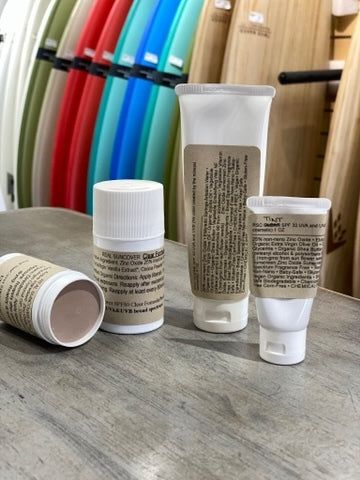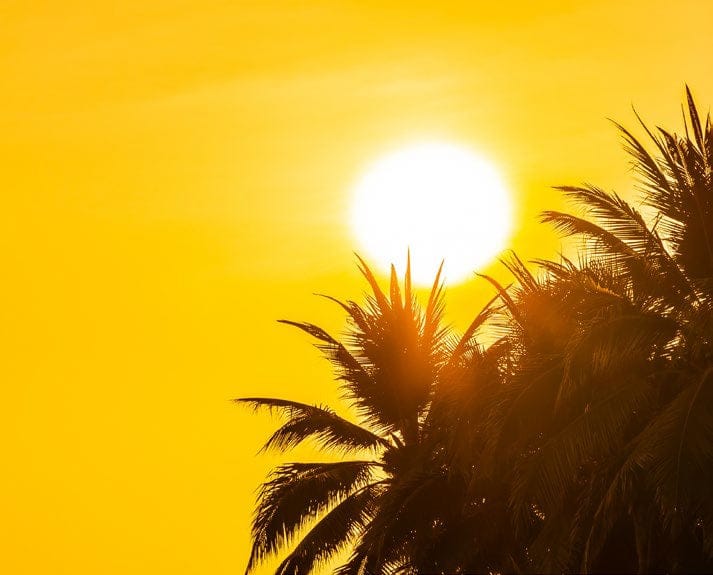Understanding the UV Index and How to Stay Safe in the Sun
Share
How to Stay Safe in the Sun
I was chatting with FCS rep Keoni Watson sometime ago, and he mentioned that the UV index was going to be super high on that weekend—pushing as high as 11. That sounded pretty gnarly to me, but I realized that I didn’t really know what the UV index meant, or where it even came from, so I decided to do some research. I found an online guideline from the Environmental Protection Agency (EPA), and discovered some really interesting information.
As it turns out, the UV index was created in 1994 by the EPA and the National Weather Service, as a guideline to help people plan outdoor activities but avoid overexposure to UV radiation, which can cause a variety of health issues (including sunburn, cataracts, and skin cancers such as melanoma). The UV index was then updated in 2004 to serve as a more comprehensive, global UV index that provides daily guidance for UV radiation in different locations. The number provided on the UV index for any given day is projected for the time of day with the most radiation (approximately noon), but users should understand that the actual amount of UV radiation rises and falls throughout the day.
The updated global UV index ranges include low (1-2), moderate (3-5), high (6-7), very high (8-10), and extreme (11+). These ranges are meant to help people plan their days and take the appropriate steps to protect themselves from solar radiation when enjoying outdoor activities. This might include sunscreen, clothing specifically designed to block UV rays, sunglasses, and even avoiding direct sunlight. It is important to understand that even on days with a low UV index, it is still possible to suffer damage and potential health problems from overexposure to the sun, especially for people with light or sensitive skin.
That being said, general suggestions for the different ranges include:
Low – Use sunglasses on bright days, and use sunscreen if you have sensitive skin.
Moderate – Use sunscreen and cover up when outside. Try to avoid direct sunlight during midday.
High – Protection against sunburn is essential. Use sunglasses, sunscreen, and
UV-blocking clothing, and stay in the shade during midday.
Very high – Extra precautions are needed. Unprotected skin will burn easily. Avoid direct sunlight between 11:00 am and 4:00 pm. Wear a hat, sunglasses, and protective clothing, and use sunscreen.
Extreme – Take all precautions. Skin can burn within minutes. White-sand beaches and other bright surfaces can reflect sunlight and cause UV damage and sunburn, even if you are under shade.
The EPA guidelines go on to explain what causes variations in the UV index.
Interestingly, there are a lot of factors to take into account. These include the season, time of day, cloud cover, conditions of the ozone layer, altitude, latitude, and characteristics of the earth’s surface (such as snow, sand, and water, which reflect 80 percent, 15 percent, and 10 percent of the sun’s UV rays, respectively).
The UV index takes all of these factors into account and predicts the amount of skin-damaging UV rays that will reach the earth in a specific location at a specific time on a specific day. Obviously places such as Hawaii often have high UV index readings, so we are pretty used to preparing for bright sun. But when levels get up to 11, as they are this weekend, even locals here on Oahu need to pay attention. Come on in to the shop to grab some of our non-toxic, reef-friendly sunscreens, and stay safe while shredding!
Protect Your Skin From Sun Damage

|
 |

